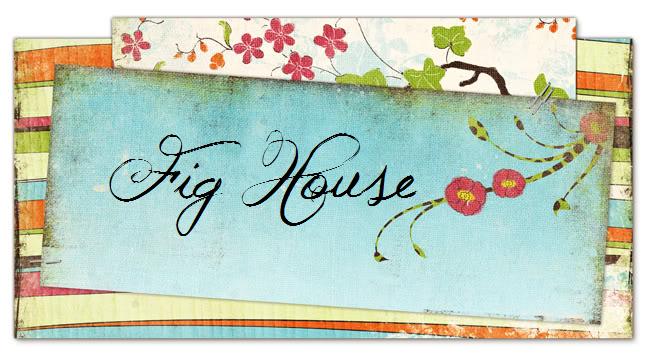Tattoos fascinate me. The symbolism, tradition, story behind them. It's curious, how almost every tribe in the world practices some form of placing marks upon their skin. Whether it's cutting, tattooing or even henna. It's a symptom of the universal human tendency to make their stories known, of commemorating their experiences and sharing them with each other.
In Borneo, tattooing is a major deal. It isn't that uncommon to see little old ladies at the Sunday market, stooped backs, hair in buns or braids, with tattoos adorning their arms. Recently, tourism has taken over and figuratively blown the lid wide open on the tattooing industry. For the locals, it used to be a point of shame, a mistake of their youth, some primitive custom that society had outgrown. But nowadays, the interest foreigners have shown concerning tattoos have made them acceptable again; encouraged, exotic even. It's funny, how the appreciation of outsiders managed to bring about the acceptance of the locals.
In my tribe, (the Kayan tribe) besides being a talisman against evil spirits and bad luck, tattoos were also regarded as a sort of merit and reward system. The same way a girl scout would receive a badge for successfully lighting a fire, or for tying a specific knot, Kayan girls would receive tattoos based on their achievements. The more tattoos, the more useful and talented or highbred the girl was, hence the better wife she would make. One interesting thing about Kayan tattoo culture is that all tattoo artists were women. Kayan men didn't give tattoos, but they did receive tattoos, usually for protection and luck. My grandfather had no tattoos that I am aware of, which, I suppose, is unusual.
The Iban tribe, however, were much more poetic concerning their tattoo culture. The bunga terung tattoo (inaccurately translated as the 'Borneo Rose' for the tourists) is the most iconic Borneo tattoo. It is, literally, the traveler's tattoo. Its correct translation is 'eggplant flower'. It signifies the journey a boy must take to become a man. The spiral motif in the middle is the winding road to manhood, the petals surrounding it symbolize the obstacles he overcame along the way. The 'eggplant flower' was typically tattooed in pairs, on both shoulders just below the collar bone. They were placed where the straps of a pack would rest, to strengthen the wearer on their path to adulthood.
Like the Kayan people, Iban people used tattoos to describe their experiences, as a journal of sorts. Their experiences were a bit more adventurous than weaving and cooking, however. Neck and hand tattoos were the rarest. The former because it was extremely painful, the latter because you had to have killed a man. It showed your skill as a warrior, headhunter, or protector of your village.
Examples of Iban tattoo motifs
Examples of Kayan women's arm and hand tattoos
The poetry comes in when you find out the reason behind Iban tattoos. They believed that, when a person dies, their tattoos become torches, or beacons to guide the way in the afterlife. The more tattoos a person has, the brighter they shine, and the clearer the path becomes. Basically, their past experiences and triumphs eventually become their guide, their roadmap to navigating their way to paradise. Beautiful, isn't it?
Well. Enough anthropology for one day. I wonder if I'll ever get a second tattoo, a traditional one this time. Time will tell, I suppose. That's all from me, dear reader. Til next time, I remain
Yours,
Figgy.
.jpg)

